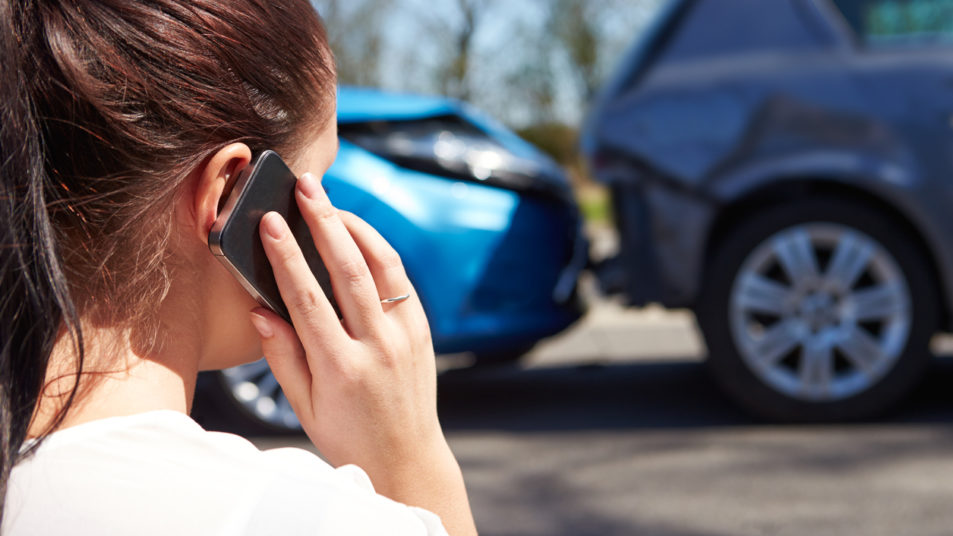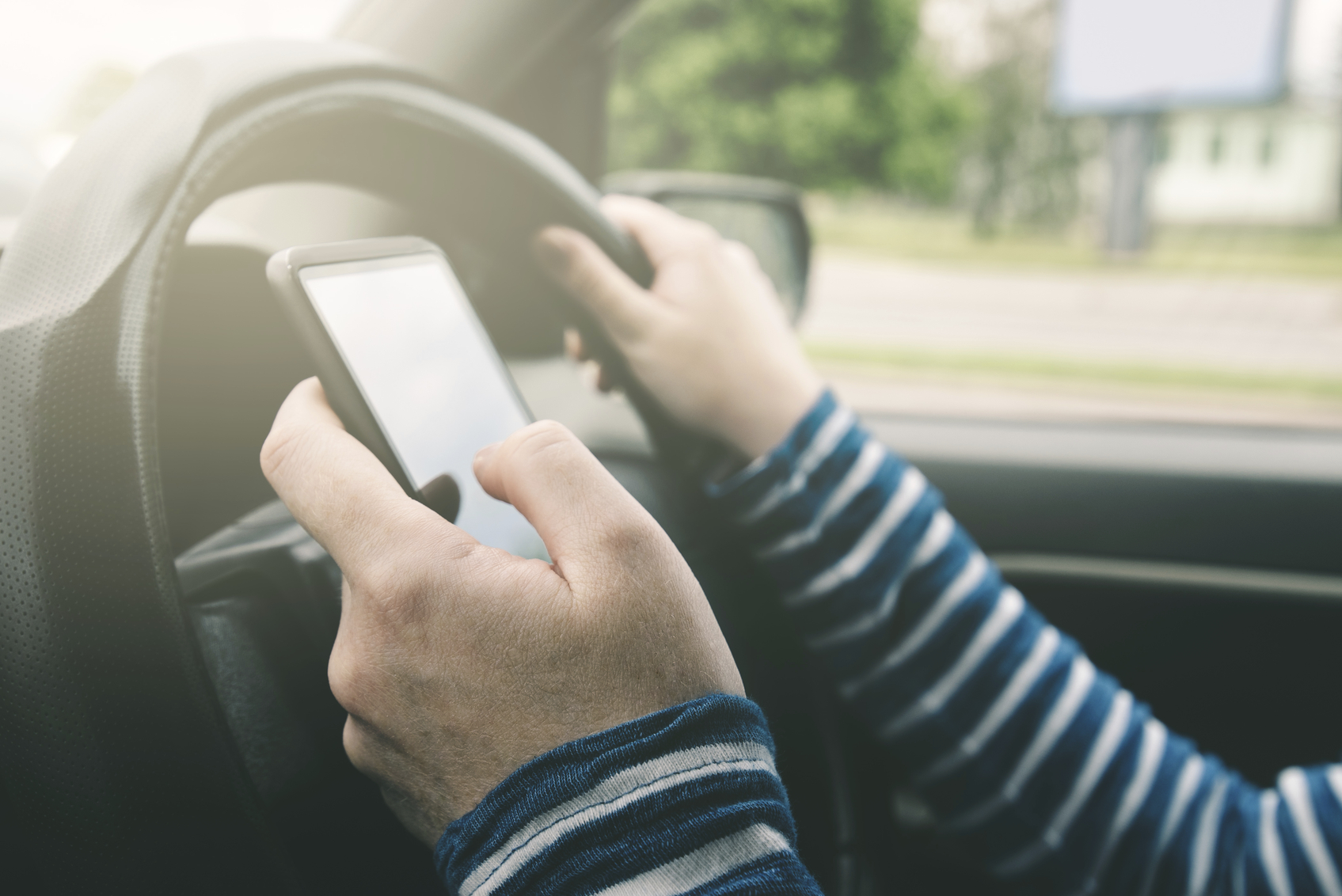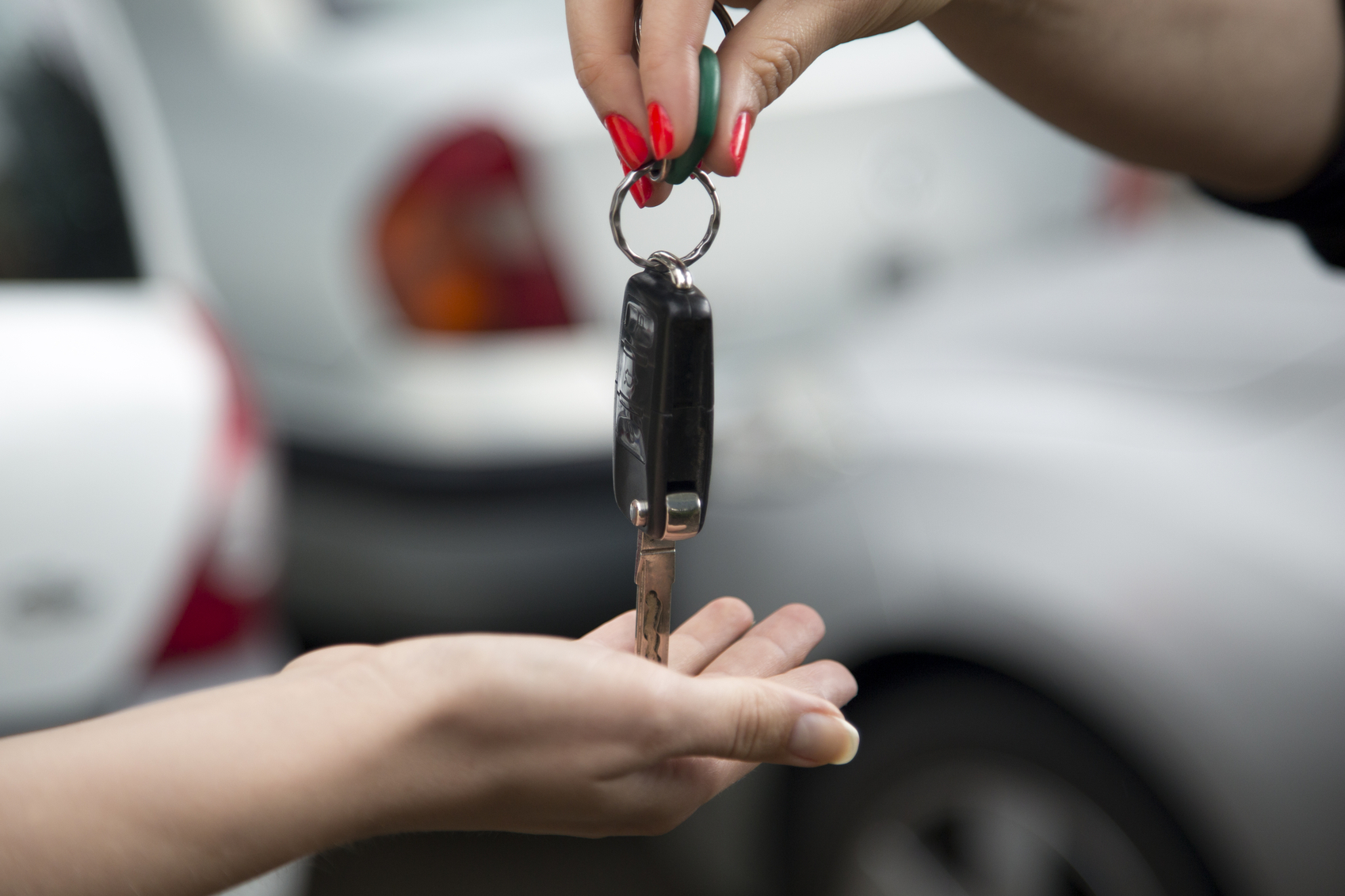Car Accident with an Uninsured Motorists in California
Have you been involved in a California car accident with an uninsured driver? You may be entitled to compensation. However, it can be difficult to recover the full amount of money to which you are entitled. Hiring an experienced personal injury attorney to handle your case will help to ensure you are properly compensated for your accident-related injuries. See our guide on how to find a good lawyer in California for more information.
Minimally-Acceptable Car Insurance Coverage in California
California law requires all drivers to purchase and maintain minimally-acceptable car insurance coverage for all vehicles registered with the state. Minimally-acceptable coverage requires:
- $15,000 (death or injury of one person)
- $30,000 (death or injury of multiple people), and
- $5,000 (property damage).
When a driver is involved in an accident, their car insurance policy can be used to cover the cost of bodily injury and property damage, up the amount of their policy limit. Drivers who do not carry 15/30/5 coverage are in violation of the law.
Uninsured vs. Underinsured Drivers
Even though all California drivers are required to purchase and maintain minimally-acceptable car insurance coverage, not everyone does. In fact, approximately 13 percent of all drivers on the road are “uninsured.” This means that they have no car insurance coverage to protect them or others in the event of an accident.
Other drivers have some insurance, but not enough to satisfy California’s legal requirement for what is acceptable. These drivers are considered “underinsured.”
When you are involved in an accident with an underinsured or uninsured driver, things can be complicated.
What Can I Do If I’m Injured By an Uninsured Driver?
If you are involved in an accident with an uninsured driver, there are two main options for recovering damages. First, if you have uninsured motorist coverage, you can file a claim with your own insurer for benefits. Second, you have the right to file a personal injury claim for damages.
Uninsured Motorist Coverage (UMC)
California state law requires all insurance companies to offer uninsured motorist coverage (UMC) to all policyholders. The purpose of UMC is to cover the cost of your injuries and property damage if you happen to be in a crash with an underinsured or uninsured driver.
While you are not legally obligated to purchase UMC, it can be incredibly beneficial if you are in a crash and subsequently faced with expensive medical bills, lost wages, and costly car repairs.
How does UMC work? It depends on whether the at-fault driver was uninsured or underinsured:
Uninsured: If the at-fault driver is uninsured, your UMC benefits will essentially take the place of the insurance policy that the other driver should have had. The UMC benefits will be capped at whatever your standard policy coverage amount is. So, if you carry minimally-acceptable 15/30/5 coverage, your UMC will be capped at 15/30/5.
Underinsured: If the at-fault driver is underinsured, your UMC benefits will be used to supplement the at-fault driver’s policy. If the driver only had $10,000 in bodily injury coverage, your UMC would kick in to cover the $5,000 the other driver did not have.
It is important to understand that even though you have UMC, your insurance company will want to limit any benefits that you are awarded. They will try to undervalue your claim and pay out as little as possible. You do have the right to contest their decision by requesting an arbitration hearing. Hiring an attorney to help you navigate your uninsured motorist claim will help you get the money you deserve.
Personal Injury Lawsuit
If you do not have uninsured motorist coverage, or if you do not think your UMC benefits will cover the full extent of your damages, you have the right to pursue a civil legal claim. However, if the uninsured driver could not afford insurance, they may not have the assets or resources to pay monetary damages awarded in a lawsuit.
Does this mean you should not consider a personal injury lawsuit? No. Other at-fault parties with deeper pocket may be able to get you the money you need. In California, more than one person can be liable for an accident. Each person is simply held accountable to the degree they contributed to the accident and/or injury.
Potentially liable parties, in addition to the uninsured driver, include:
- Companies responsible for defective products
- Third-party drivers
- Motorcyclists
- Pedestrians
- Bicyclists
- Trucks
- Uber and Lyft drivers, or
- State, county, or local governments.
It is important to thoroughly investigate your accident to determine all potentially liable parties.
I’ve Been Injured By an Uninsured Driver. What Should I Do?
It is important to treat an accident involving an uninsured driver as you would any other type of crash. The things you do immediately after your accident will affect any future legal claims you decide to pursue.
Report the Accident: Reporting the accident is crucial. Make sure that police are dispatched to the scene and complete a Traffic Collision Report. This report may not be admissible as evidence in court, but it can be incredibly helpful to your attorney. It will contain information about your accident that will likely be lost or forgotten over time (e.g., weather conditions, traffic, eye-witnesses).
Seek Medical Treatment: Your health and safety should be your first priority. A doctor will make sure that all of your injuries are properly diagnosed and treated, reducing the risk of life-threatening complications. The medical report will be useful in establishing a link between your accident and injuries.
Notify Your Insurance Company: Make sure that you tell your insurance company that you have been involved in an accident right away. They will do everything they can to minimize the benefits you recover. Hesitating to report the accident may negatively affect your recovery.
Hire an Attorney: While you should notify your insurance company about the crash, it is important to limit any further communication. The insurance company will try to get you to accept an early offer to prevent you from retaining an attorney. They know that your chances of maximizing the benefits you receive are greatest when you have an attorney at your side.
Find a Personal Injury Attorney in Your Area
Have you been involved in a California car accident? Was the other driver underinsured or uninsured? The sooner you act, the better your chances of getting the money you deserve. Call an attorney in your jurisdiction today to request a free consultation.


